
Mark Twain, born Samuel Langehorne Clemens in 1835, was a famous American humorist and novelist who came to be considered a national treasure. He captured world attention through his stories about boyhood adventure, the Mississippi River, his travels in the west, and humanist commentary.
A keen observer of human nature, he wrote probing commentaries on man’s faults, humorous but delving into the depths of human behavior, and was the first and foremost American realist and humanist.
READINGS IN ORGANIZATION BEHAVIOR AND HUMAN PERFORMANCE
Ever since I was a kid, Mark Twain has been one of my favorite authors. I can’t tell you have many times I read “A Connecticut Yankee in King Arthur’s Court” and the imaginative thinking it inspired.
Unfortunately, when I was young I never read much about Twain’s studies in human behavior, so when, as a professional architect and urban planner, I took a management class which included reading the book “Readings in Organization Behavior and Human Performance." I found there a piece by Mark Twain which I still cherish and want to share.
I intend no offence to anyone or their religious references.
ON EXPERIMENTAL DESIGN by Mark Twain
"I constructed four miniature houses of worship and placed them in a row.
●a Mohammedan mosque,
●a Hindu temple,
●a Jewish synagogue,
●a Christian cathedral.
This satisfied me that these ants were without religious prejudices -- just what I wished; for under no other conditions would my next and greater experiment be valuable.
I now placed a small square of white paper within the door of each fane.
● Upon the mosque paper I put a pinch of putty,
● Upon the temple paper a dab of tar,
● Upon the synagogue paper a trifle of turpentine,
● Upon the cathedral paper a small cube of sugar.
First I liberated the red ants. They examined and rejected the putty, the tar and the turpentine, and then took to the sugar with zeal and apparent sincere conviction.
I next liberated the blue ants, and they did exactly as the red ones had done. The gilded ants followed. The preceding results were precisely repeated. This seemed to prove that ants destitute of religious prejudice will always prefer Christianity to any other creed.
However, to make sure, I removed the ants and put putty in the cathedral and sugar in the mosque. I now liberated the ants in a body, and they rushed tumultuously to the cathedral.
I was very much touched and gratified, and went back in the room to write down the event. But when I came back the ants had all apostatized and had gone over to the Mohammedan communion.
I saw that I had been too hasty in my conclusions, and naturally felt rebuked and humbled. With diminished confidence I went on with the test to the finish. I placed the sugar first in one house of worship then in another, till I had tried them all.
With this result: whatever Church I put the sugar in, that was the one the ants straightway joined.
This was true beyond a shadow of doubt, that in religious matters the ant is the opposite of man, for man cares for but one thing; to find the only true Church; whereas the ants hunt for the one with the sugar in it."

By Mark Twain, "On Experimental Design " in Scott W.K. and L.L. Cummings, Readings in Organizational Behavior and Human Performance, Irwin: Homewood, Ill., p.2, (l973)







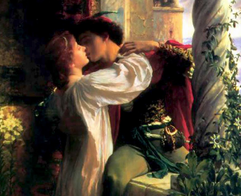





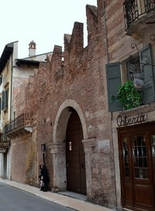



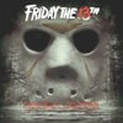


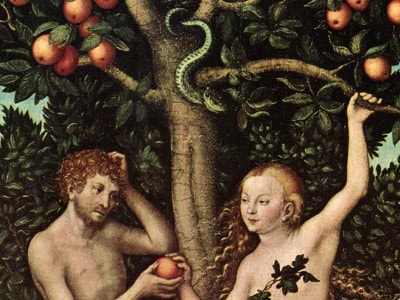




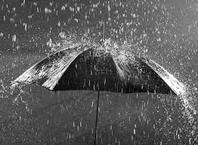

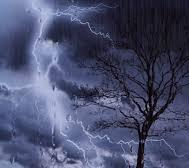
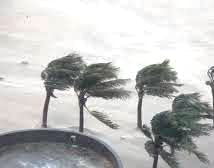
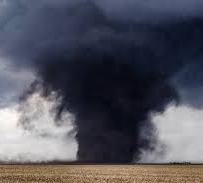
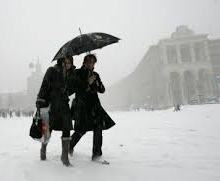
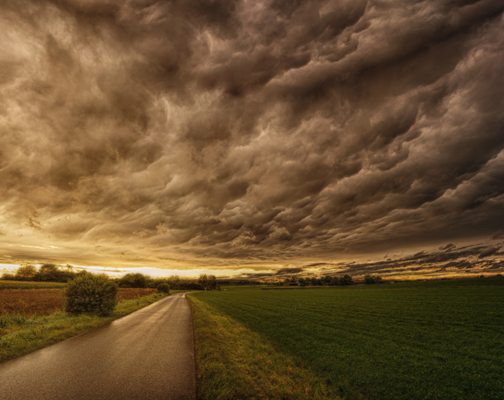

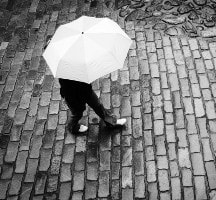


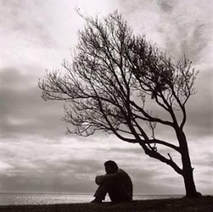

 RSS Feed
RSS Feed